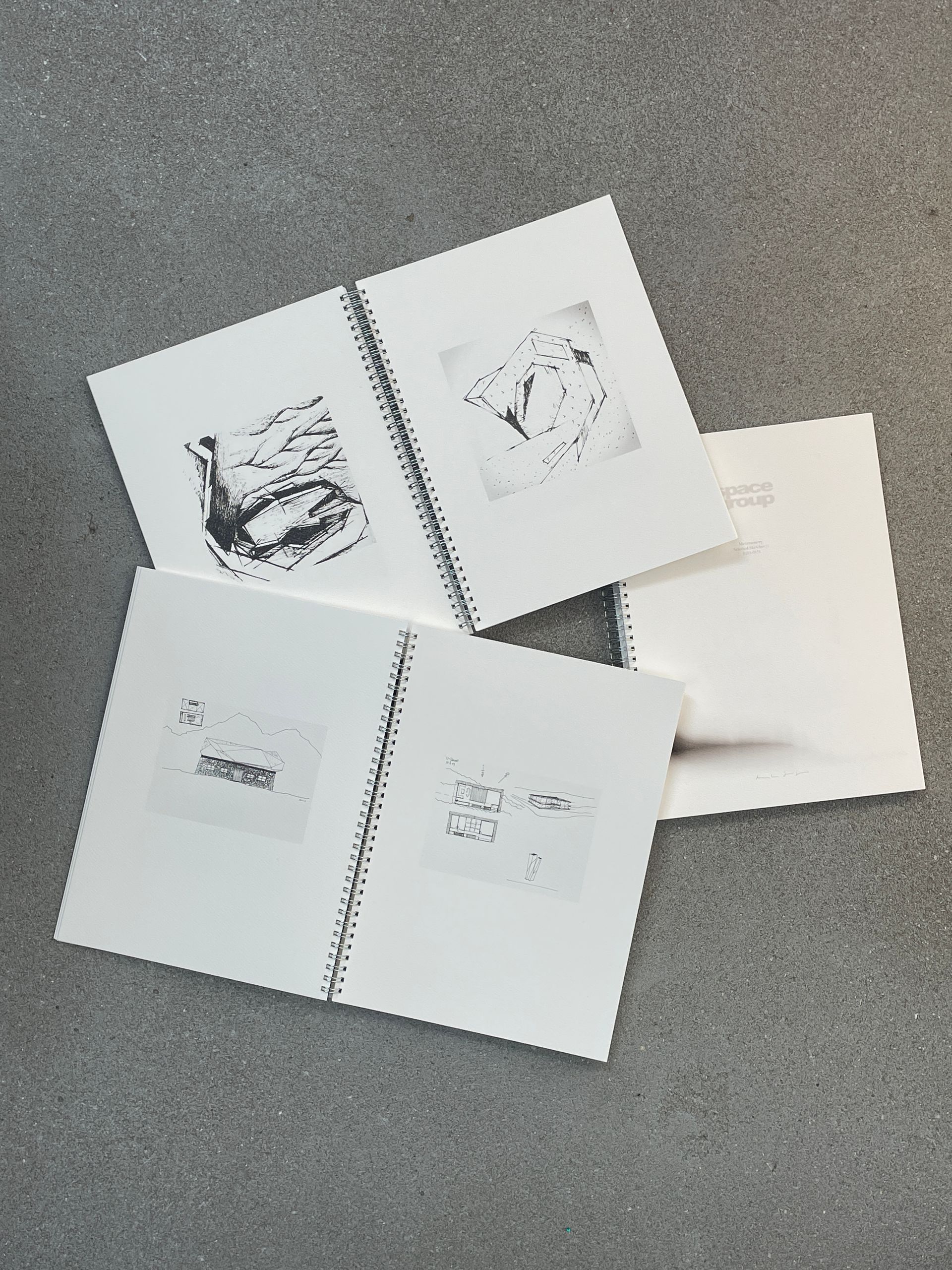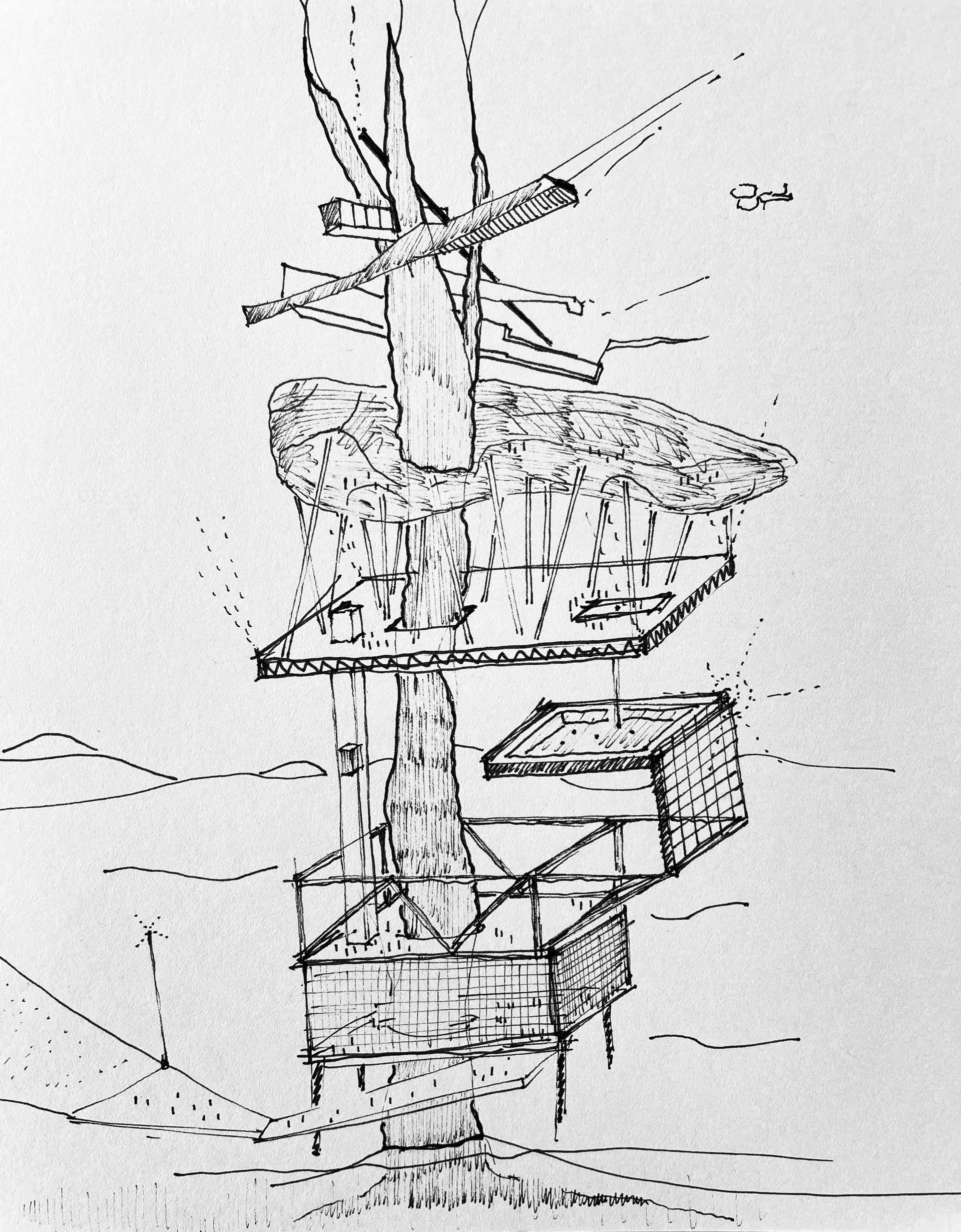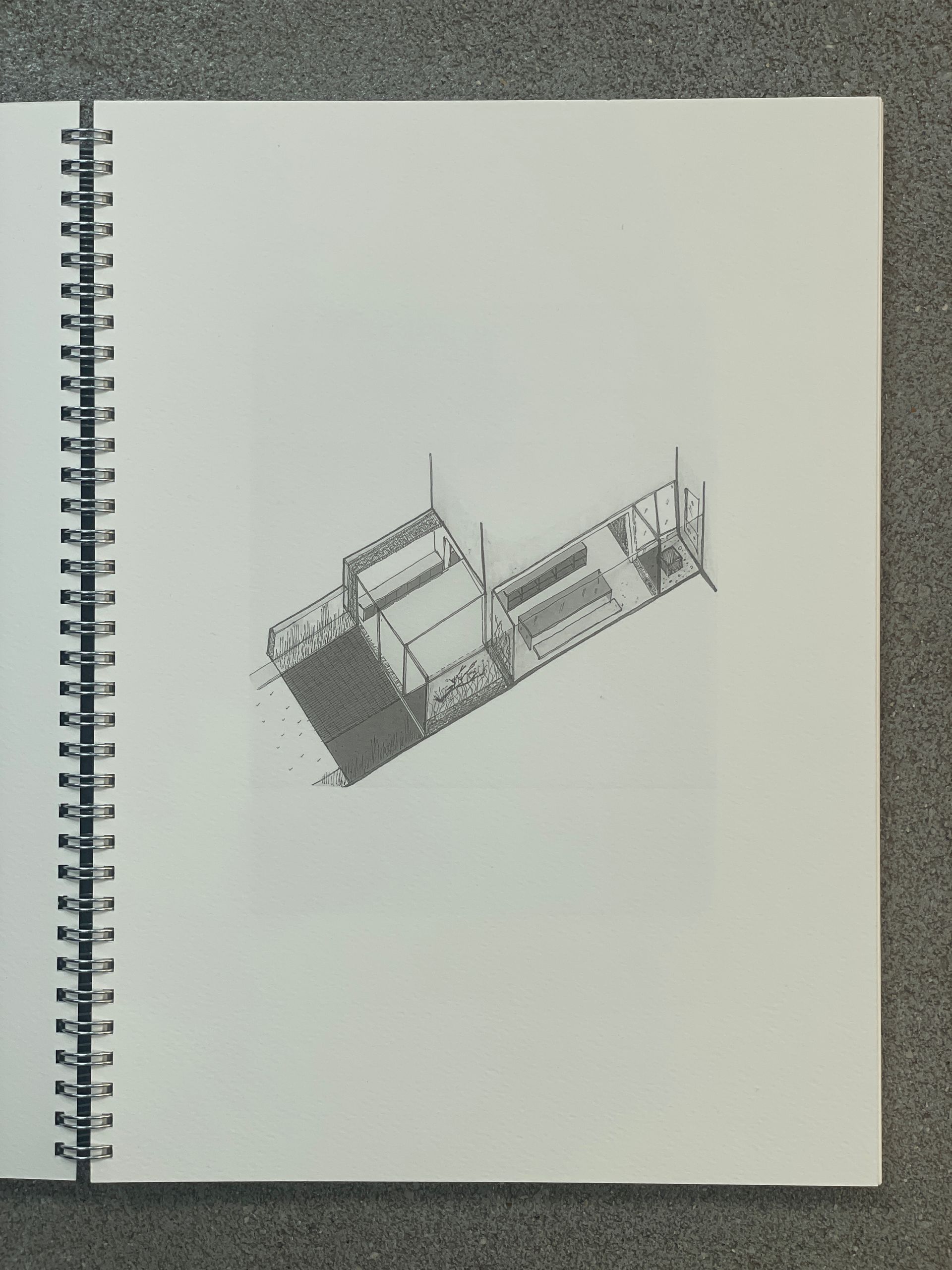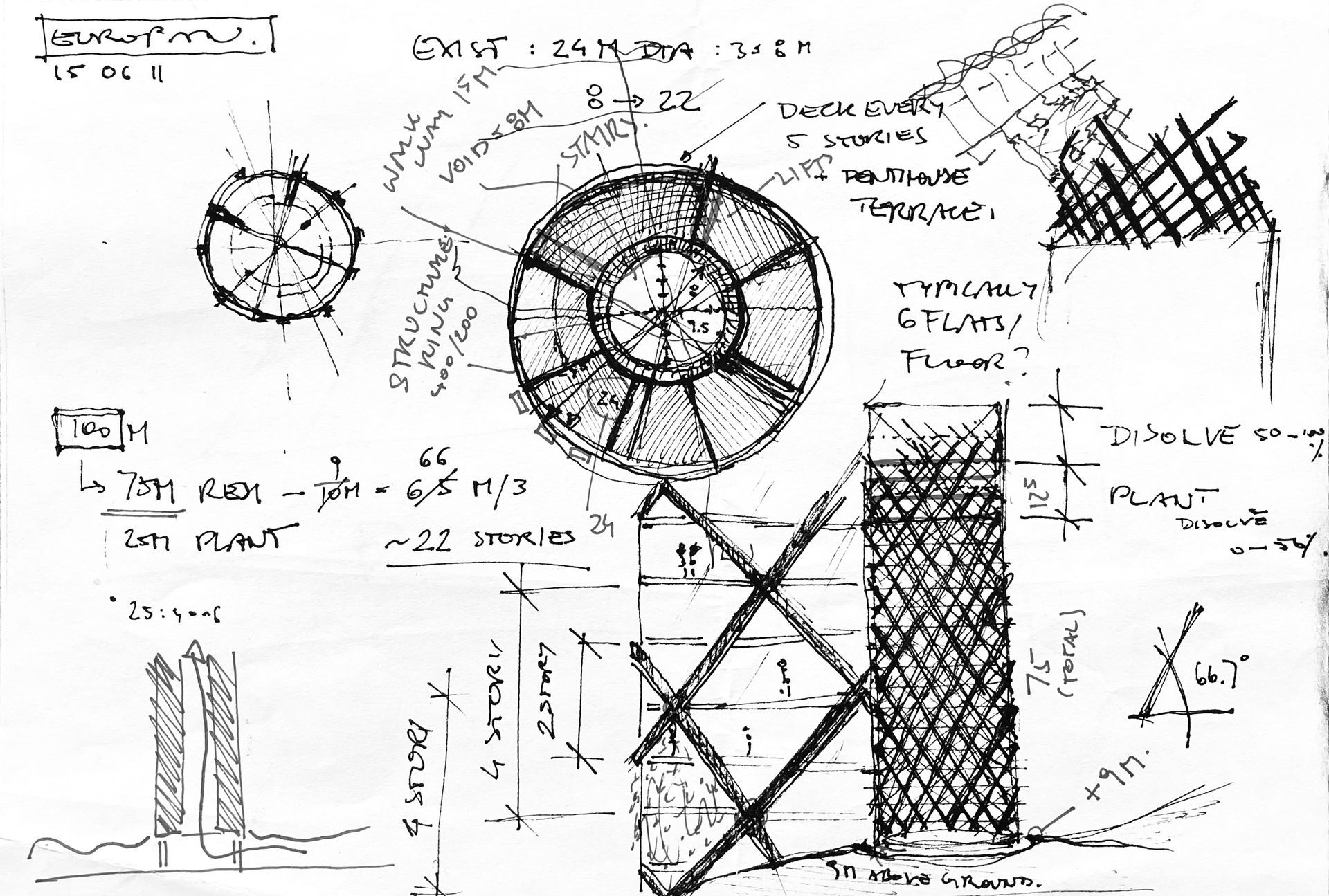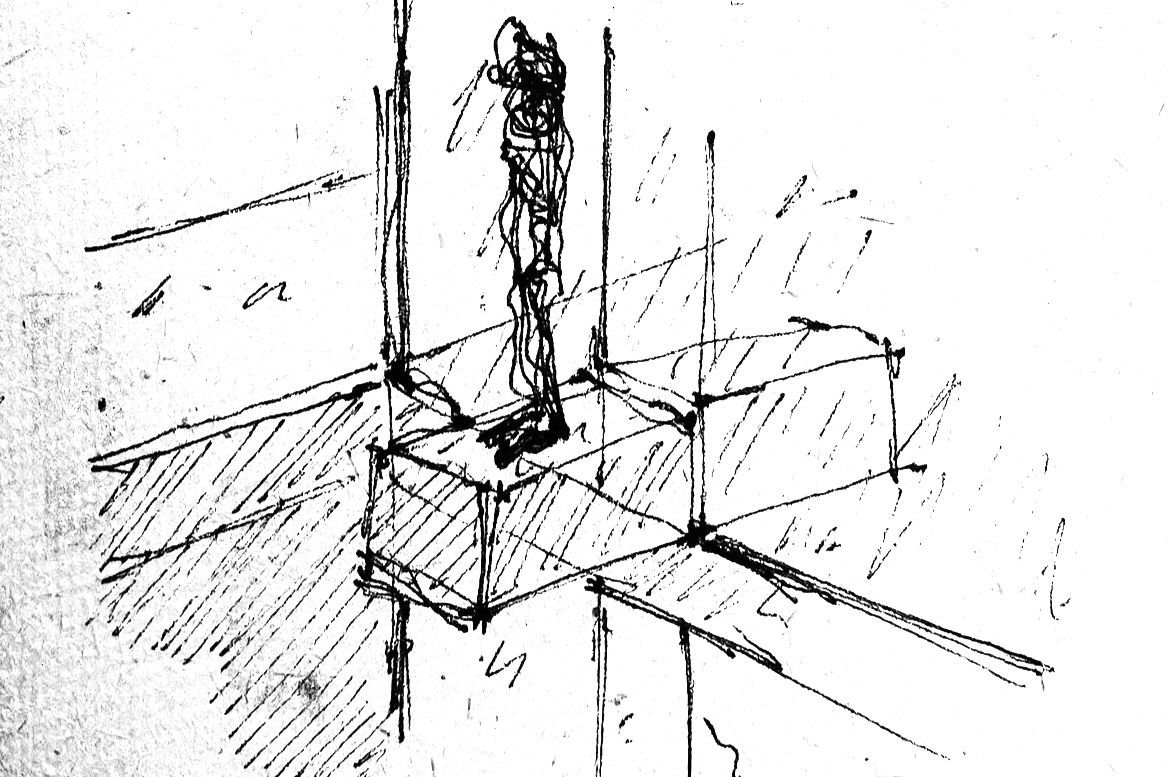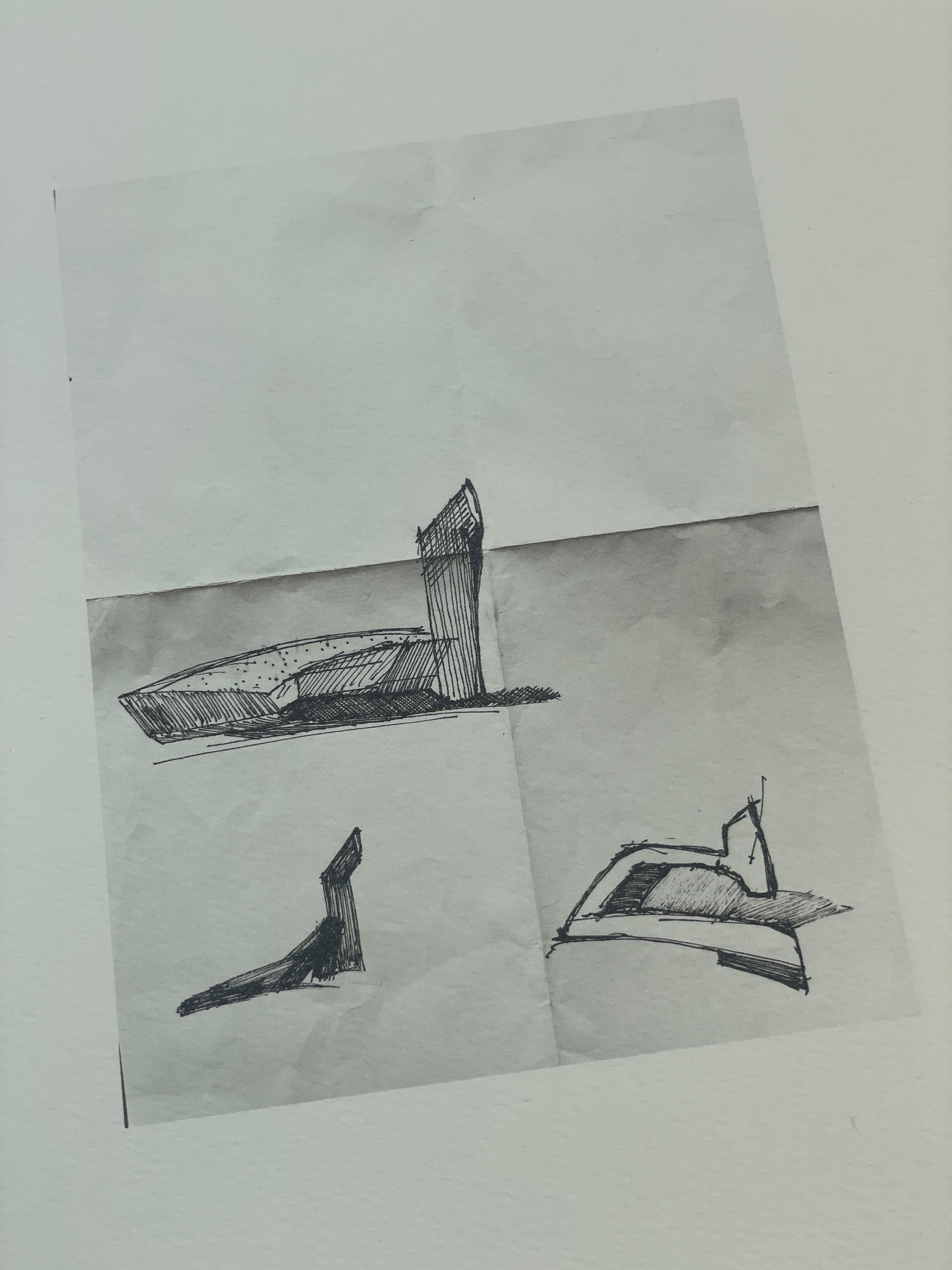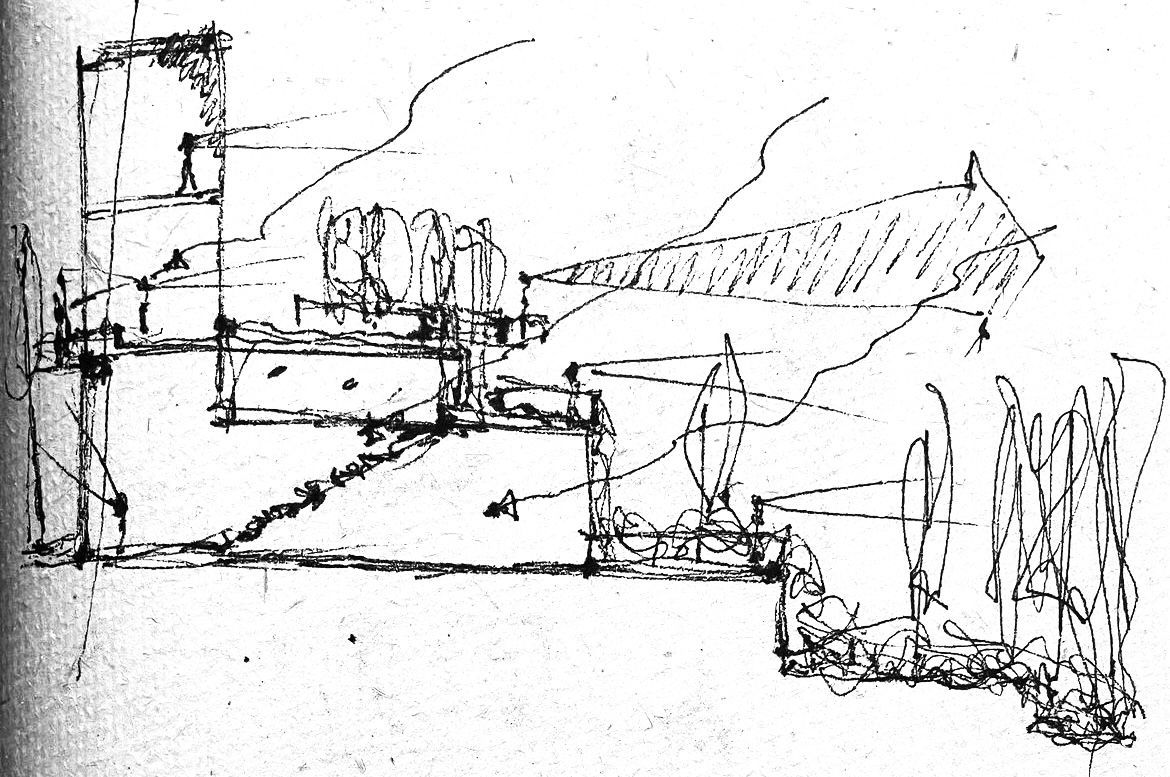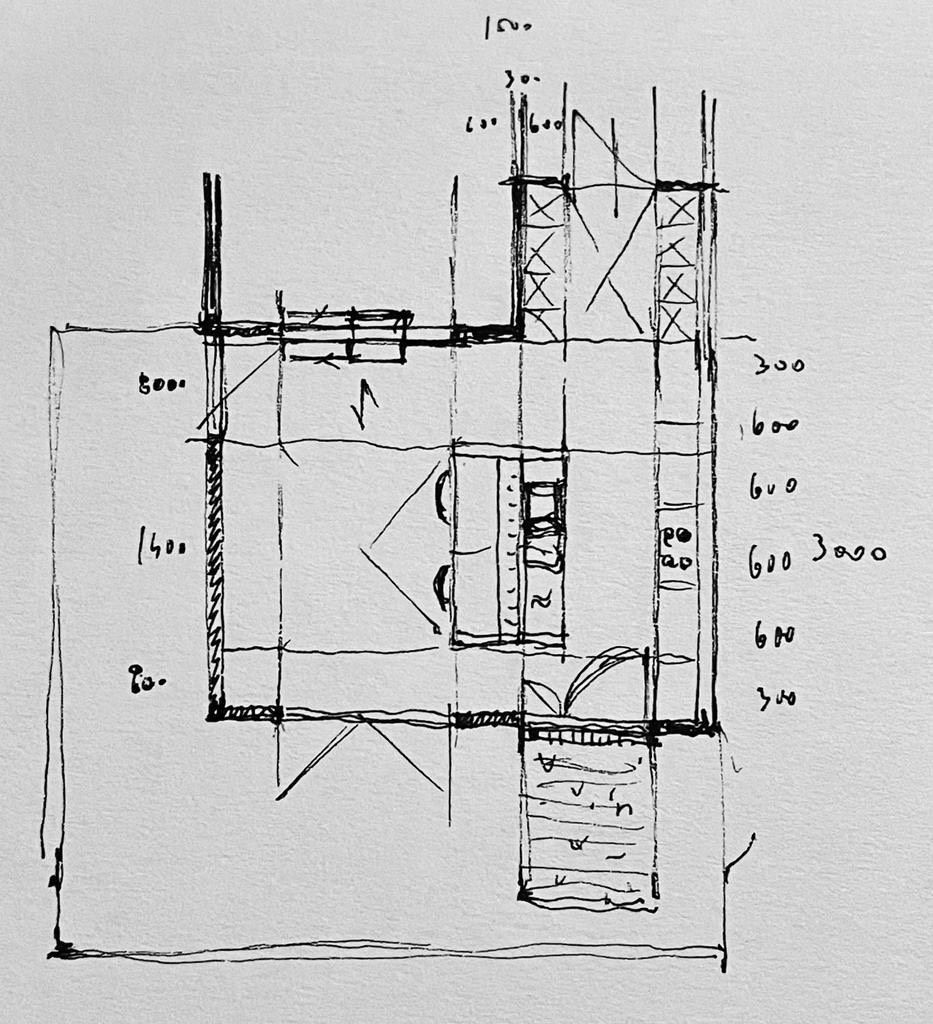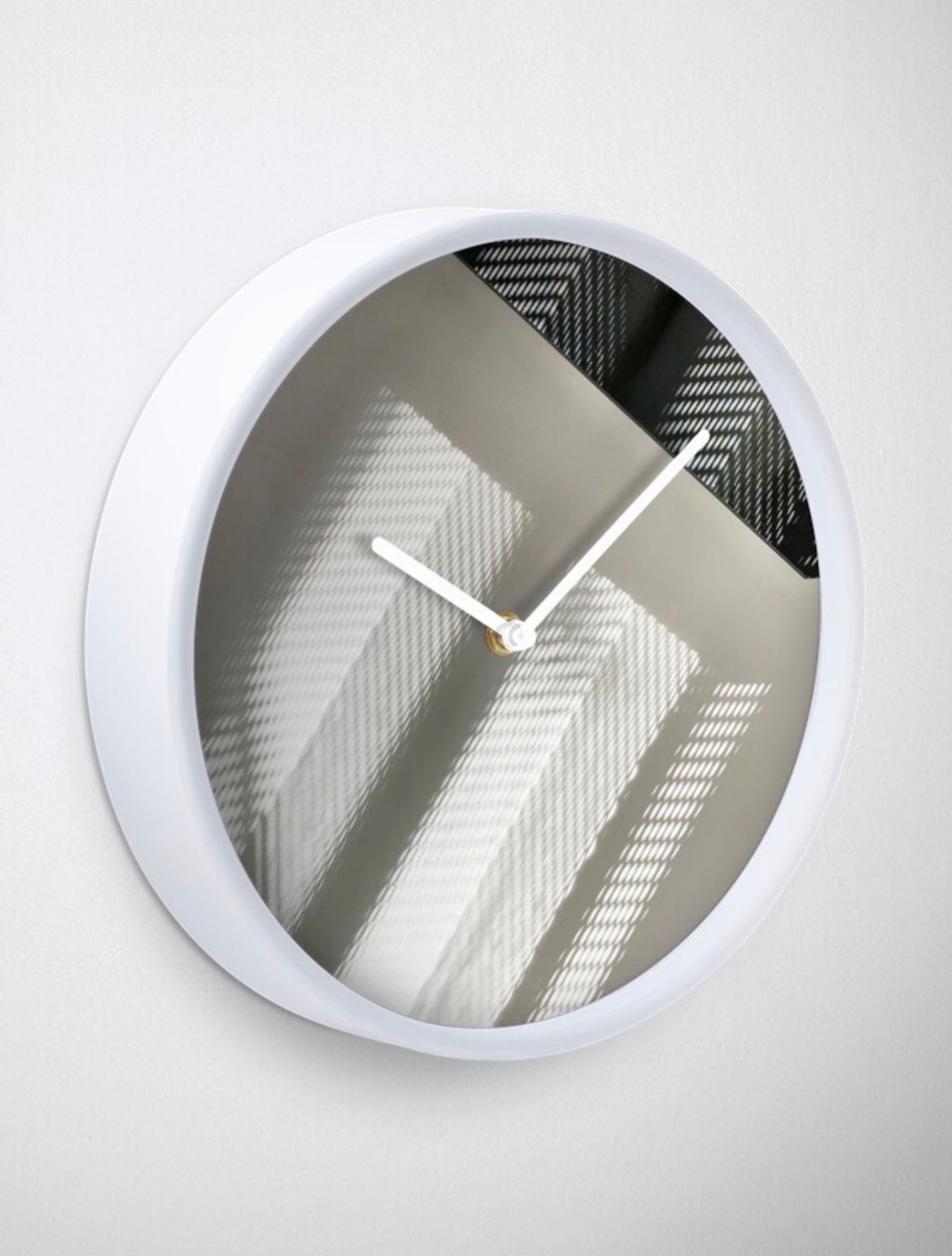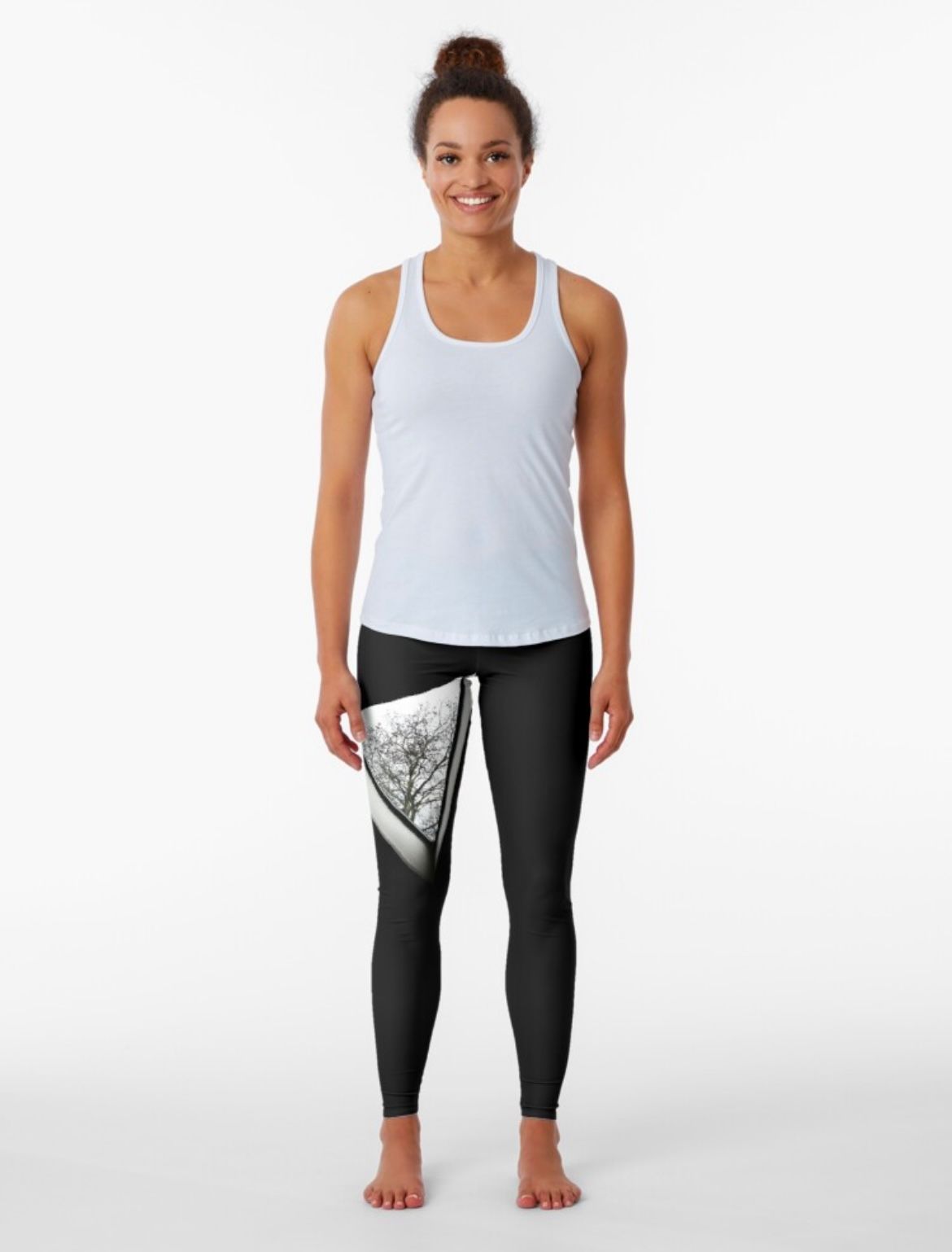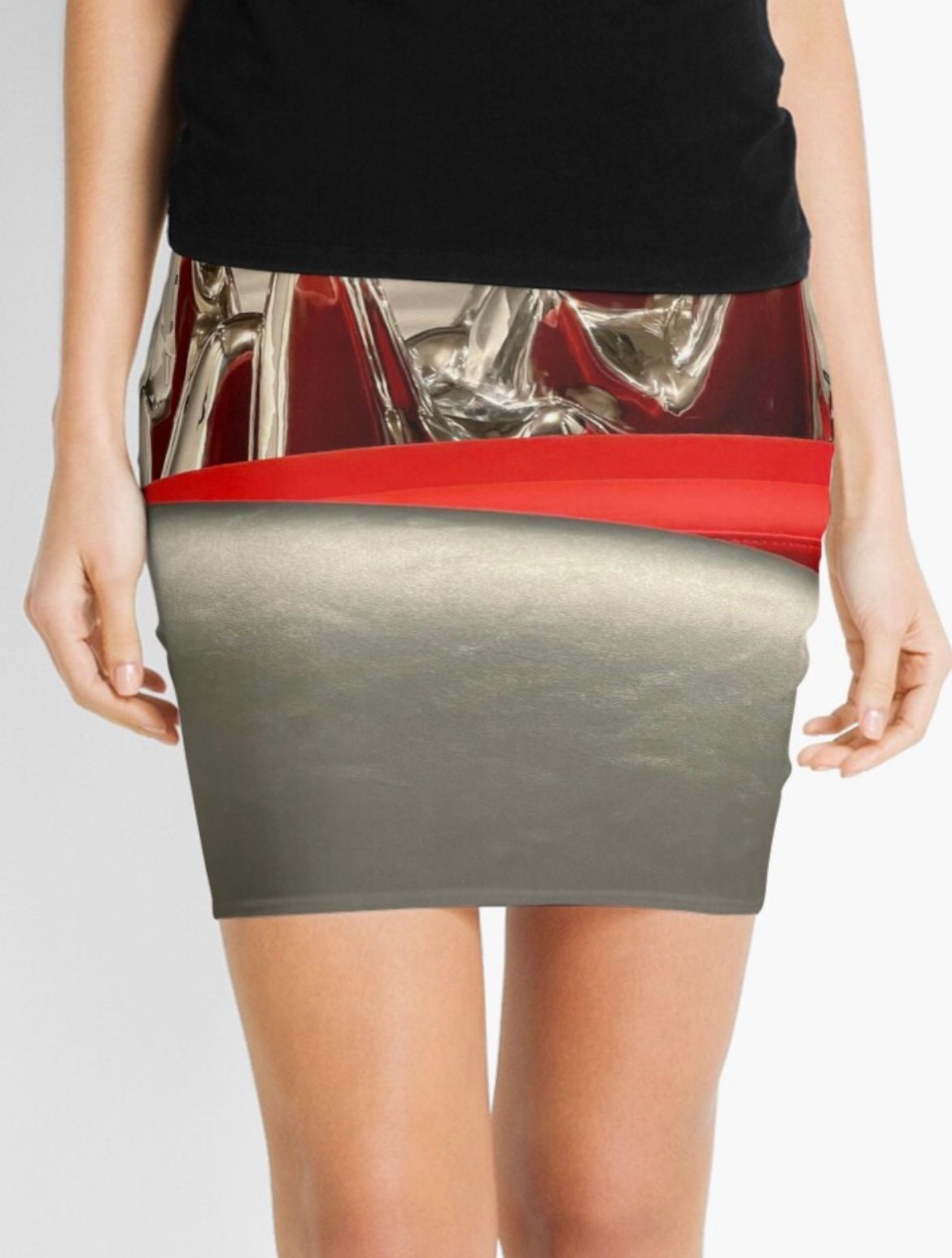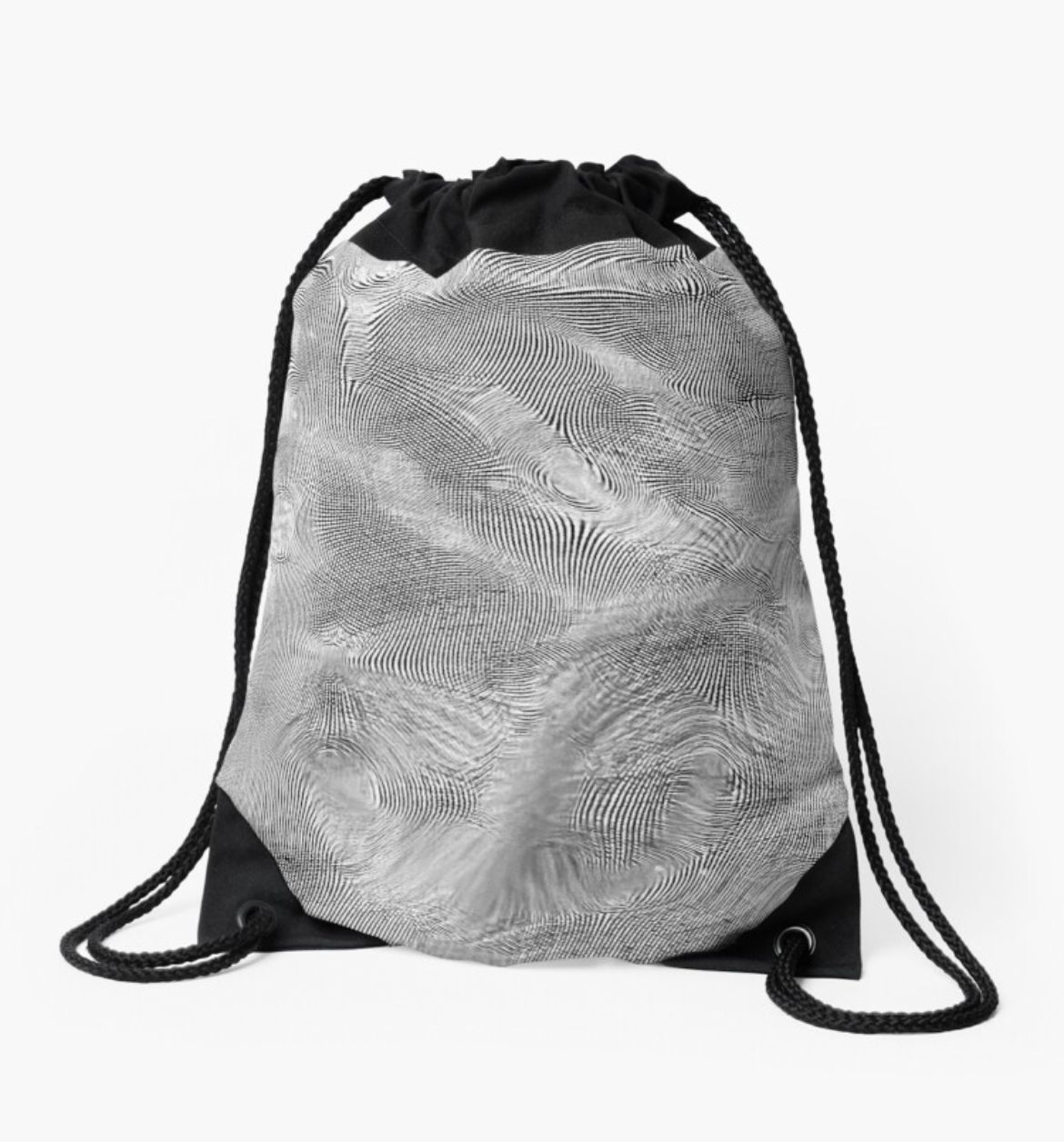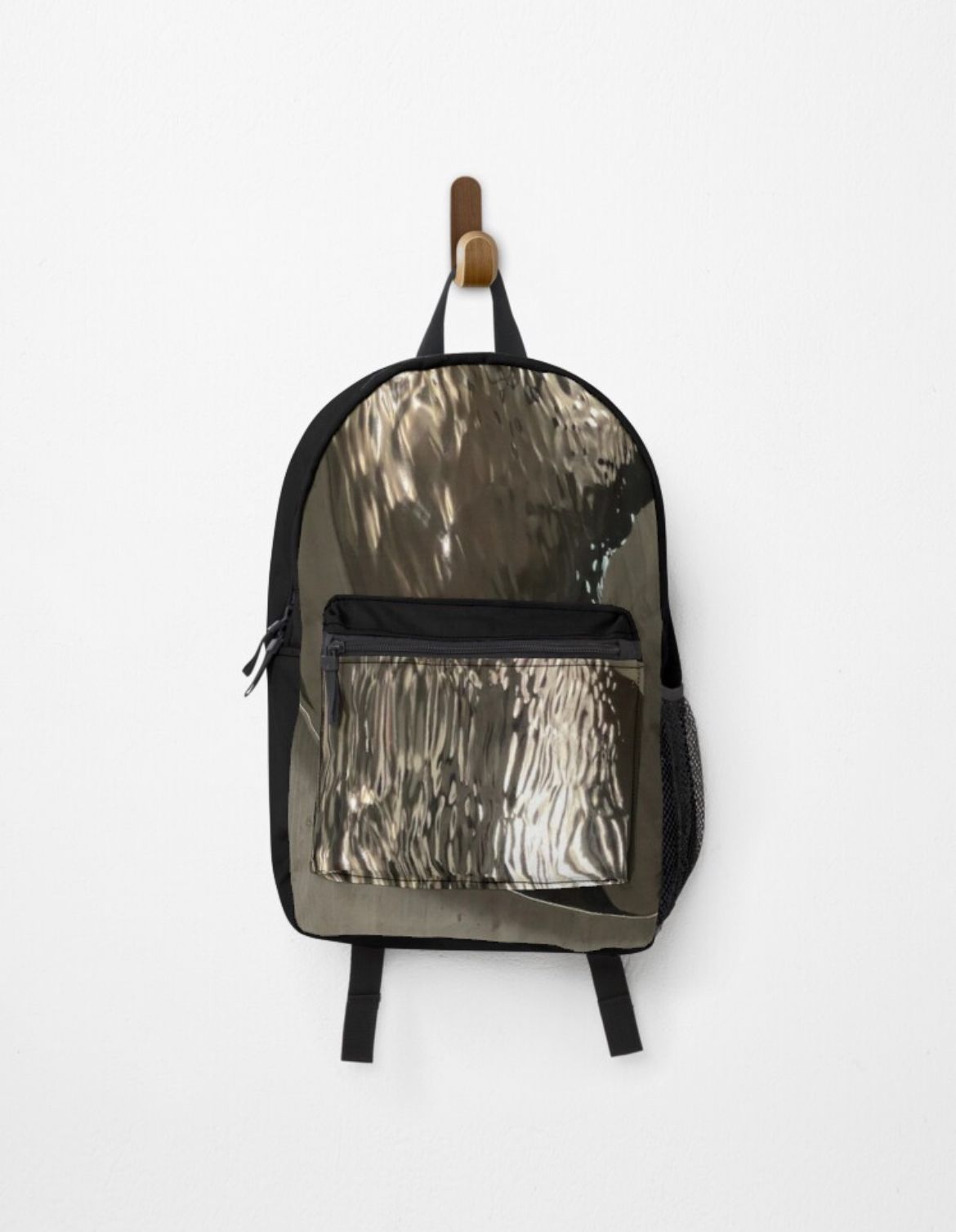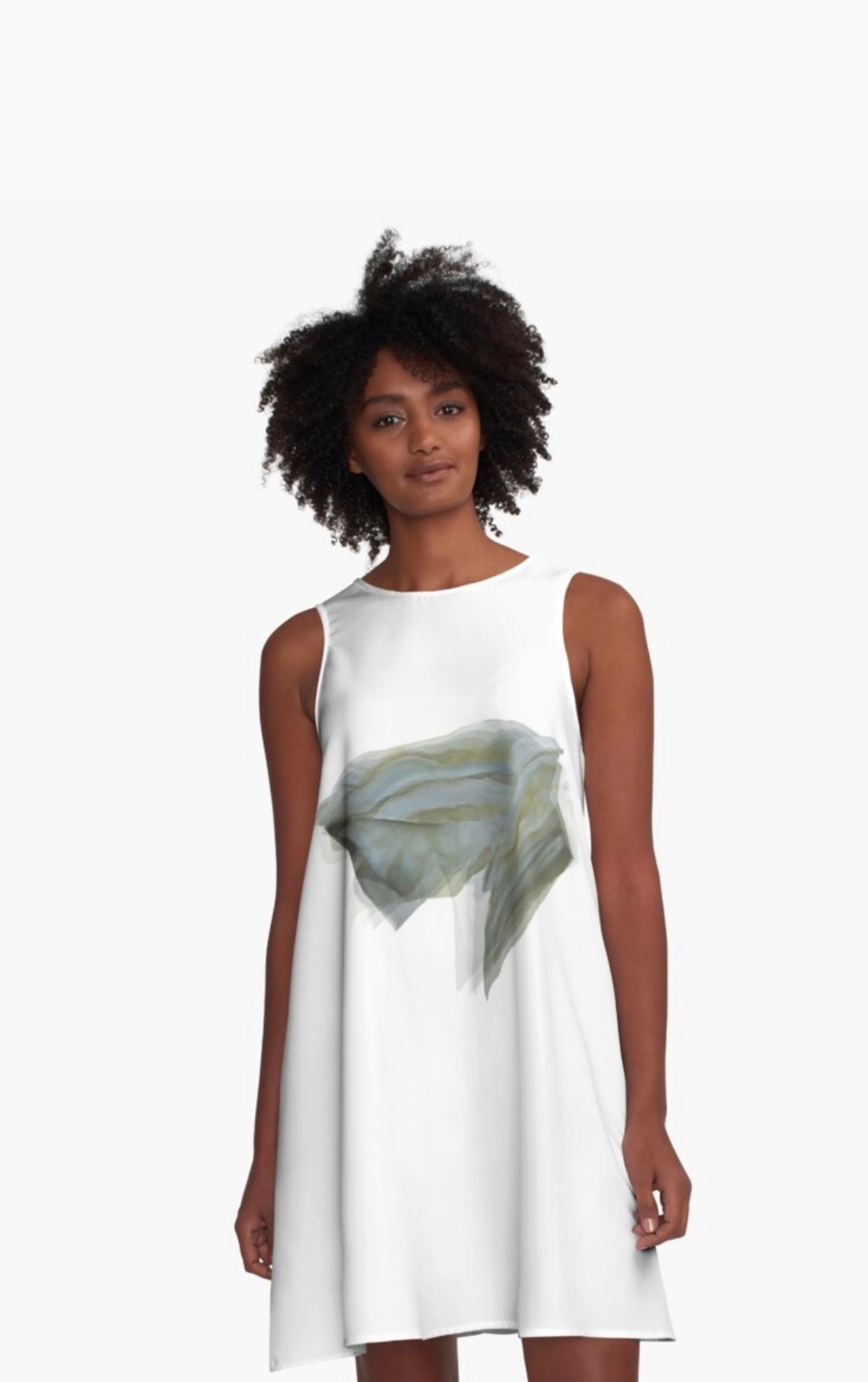adding depth
For architects, the initial connotation of the word „depth“ is one of dimension.
London being a city of dense population and housing, many wish to expand their living space, by adding extensions above or below ground or converting the roof. In doing so, we add depth to the existing floor space, adding much needed area for family activities, hosting friends or simply more bedrooms. A lot of what architects do involves adding depth, in the form of space, to existing buildings.
But adding depth can be so much more than just an expansion of square meters. Depth is more than a dimension, it is both a sensual and an emotional experience too. When one is able to hone in on the affective value of a house, any new space created can add depth in more ways than one. Spaces can have a tremendous emotional effect from the moment you walk through the door.
The volume to be added is decided very early during the design process. Once the dimensions are known, one can get down to adding multifaceted aspects of depth within the space. This can be achieved, for example, by playing with both natural and artificial light. A cleverly placed window, an interesting shading structure, or even a fascinating pendant light can completely change the way we see a room. Many Space Group projects boast beautiful shadow play - a subtle yet effective way to enhance depth perception, which is by no means accidental.
Depth can be a tactile haptic response to a room, for example when by using different textures in combination. Space Group use textures to break down the scale of a room and a lot of projects combine sleek surfaces such as polished concrete or metals, with more natural and rough elements, like wood or split face stone. This touch of nature is a beautiful homage to Austria, where our founder comes from. Materials have the power to transform a room at once, but materials are not fixed in one state of being. With time, wood that is used externally can weather and develop a grey shimmer, just as certain metals can develop a patina. While this could be seen as deterioration, when done right, is actually a beautiful process that can enrich a room further with every passing year.





